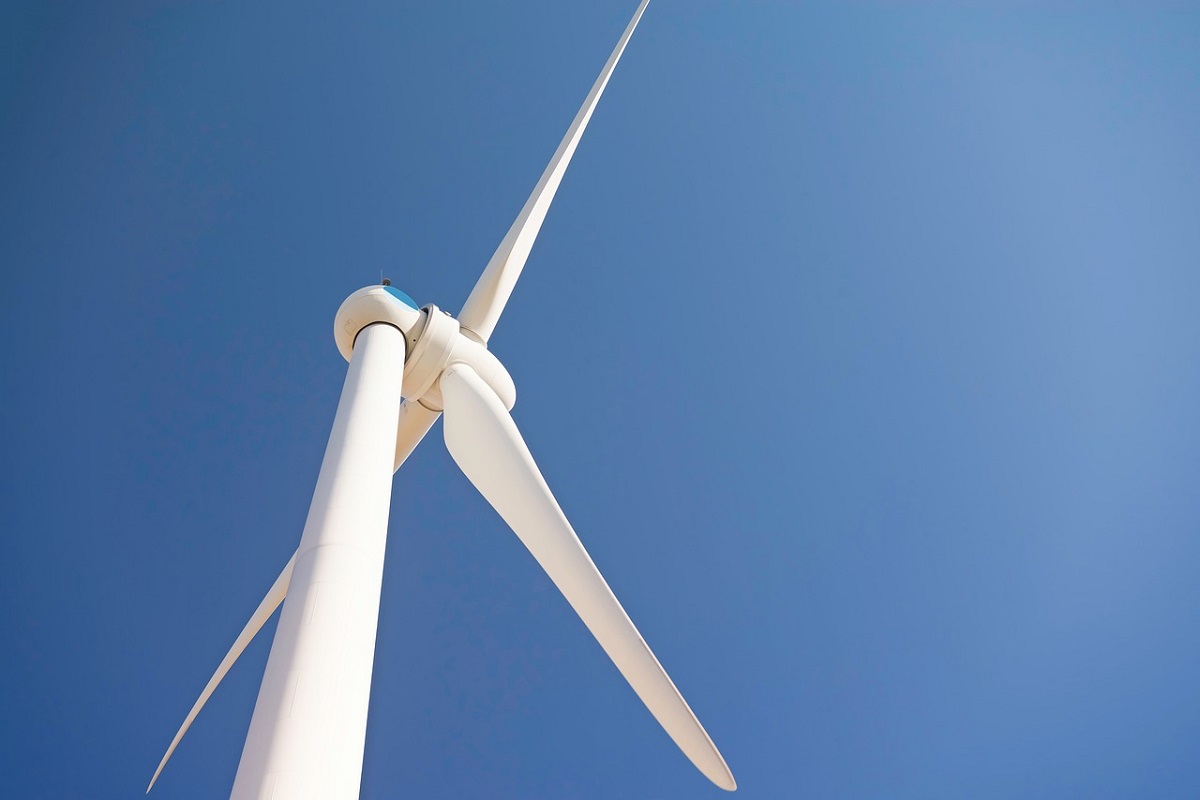Taiwan’s largest offshore wind farm, built off the coast of the island, began operation on Thursday and started to generate power on schedule, according to Orsted, the Danish company responsible for constructing the power plant.
The energy generated by the station was transferred to the national power grid through the substation of the Taipower company owned by the authorities of the island.
Wind turbines manufactured by Siemens Gamesa Renewable Energy are located at a distance of 35-60 km from the island’s coast. The Changhua 1 and 2a projects are said to be the creators of Taiwan’s largest coastal power plant – its maximum capacity will be about 900 MW.
Authorities expect to complete the project this year, and they hope that there will be enough energy to provide electricity to over a million households in the country.
Meanwhile, things haven’t gone as smoothly as expected. According to some estimates, the plant will provide the production of up to 1 GW of energy last year.
Nevertheless, Changhua turbines have only carried out “demonstration of strength” with a capacity of 109 MW.
According to the Global Wind Energy Council (GWEC), in the short and long term, Taiwan will rank second in Asia in the expansion of offshore wind farms, in the first place – mainland China.
China is reportedly looking to add 39 GW of plants over the next five years, and Taiwan 6.6 GW. Vietnam, South Korea, and Japan are set to add 2.2, 1.7, and 1 GW to offshore wind power.
By the middle of this decade, the Taiwanese authorities intend to receive 20% of energy from renewable sources. Solar cells will deliver 20 GW by 2025, and offshore wind turbines are expected to contribute more than 5.7 GW. At the same time, 50% of energy production should come from natural gas.
According to available data, in 2021, 44.69% of all energy on the island was produced by burning coal, 36.77% came from natural gas, 9.63% from nuclear energy, and only 5.94% from renewable sources. A small part of the country’s energy needs is also obtained with the help of other energy carriers.

